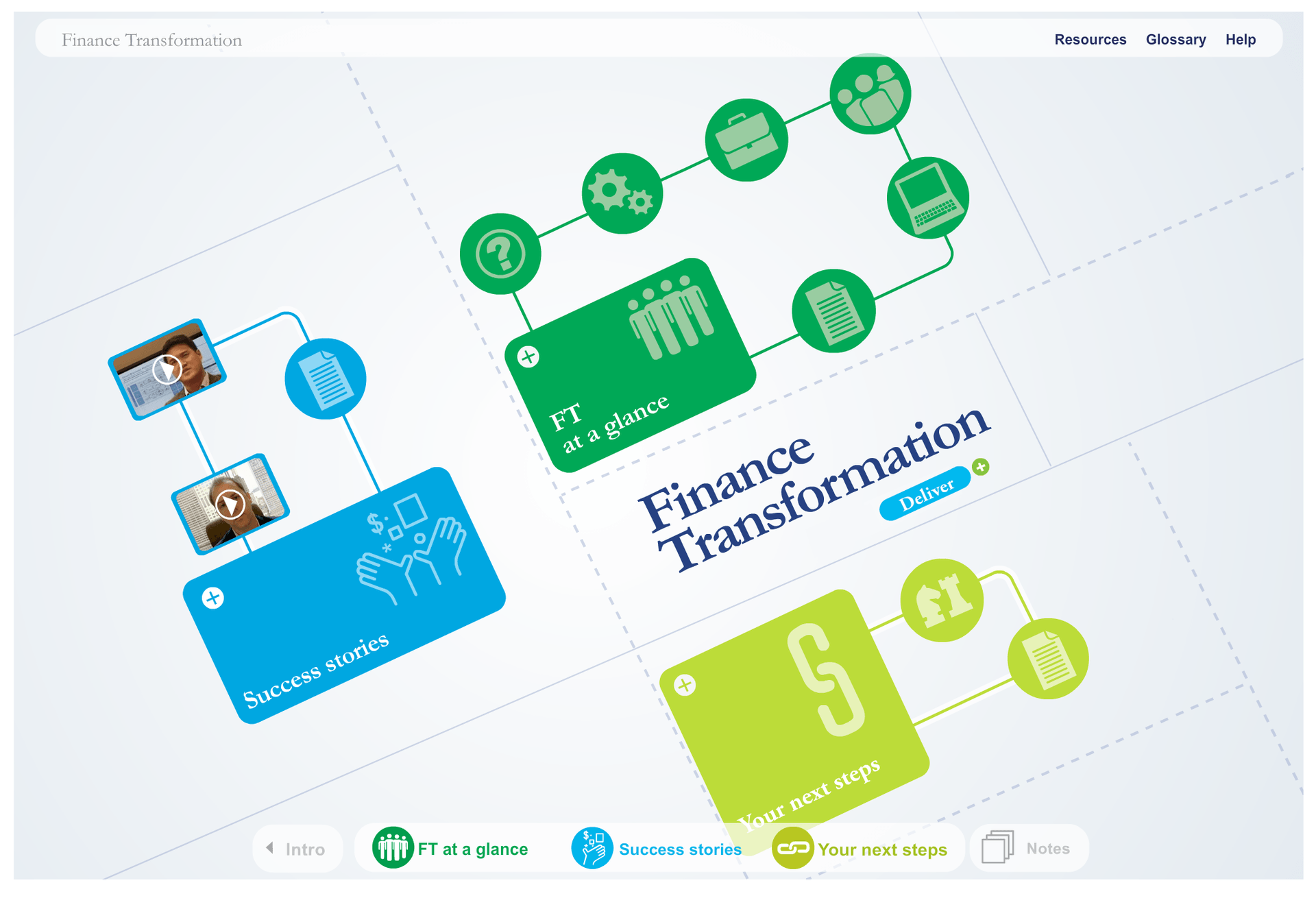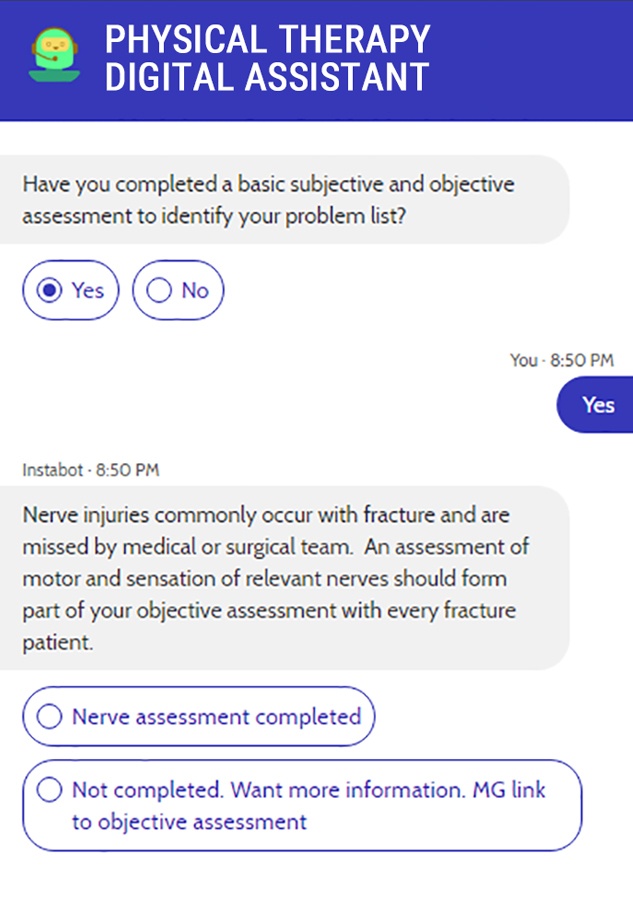Adaptive Learning Techniques For 11 ID Scenarios
You may be interested in adaptive learning but you aren’t sure when or where it’s appropriate, or what kind to apply. This article explores common training needs, and for each, the adaptive learning approach best suited to it (if any), and one or two examples.

Adaptive Learning Is Not A Panacea
First, though, a warning. Adaptive learning is not always the right choice. There are times where it is useful, and times where it gets in the way. And, there are different ways to achieve it, depending on the situation.
If you’re carrying something in the office and slide on a slippery spot on the floor, you’re not going to differentiate instruction; you’re going to use a one-size-fits-all approach: "Hey everyone, there’s a slippery spot on the floor right here. Watch out!" This isn’t adaptive learning, it’s better—quick and direct, no need to figure out what people know or to tailor the message for individuals.
But, warning people away from a spill is different from helping them become a better manager. An employee who has many years of experience likely has different learning needs than someone fresh out of school. Adaptive learning allows you to address the learning needs of each, leading to deeper and more efficient training than a one-size-fits-all approach.
Adaptive Learning By Need
Here are some common training situations, in which adaptive learning may (or may not) be a viable approach:
- Teaching people who know what they don’t know
- Teaching people with differing skills and interests
- Teaching people whose needs differ by group (department, job function, etc.)
- Teaching people with varying levels of skill that we can measure
- Teaching people who have skills gaps, but don’t know what they don’t know
- Teaching something that has to be addressed quickly
- Teaching something with elements that some need and some do not
- Teaching something people need to know to complete a task
- Teaching something wherein human contact and engagement is required
- Teaching about a company’s products or services
- Teaching legally mandated subjects
The Professionals We’re Training Know What They Don’t Know
Pull-style learning is ideally suited for this type of situation: provide a buffet of training, and allow learners to pick and choose what they want and need.
If necessary, you can entice them to go deeper, for example, by asking a question and providing a surprising answer or by offering a compelling story that grabs their interest.
Examples
One example of adaptive learning addressing this need is to provide a wiki targeted at a particular community or subject area, in which members can search and browse to find the information they need. Many corporate intranets offer this capability. This is superior to making everyone work through content that many already know and others don’t care about.

Another example is to offer a menu of modules and allow learners to choose the modules that cover what they want to know more about. We’ve done this for several of the Big 7 accounting and consulting firms. Here’s one example, the dashboard from a course on a company’s finance transformation products. Learners can pick whatever subject interests them.
We’re Teaching A Wide Audience With Differing Skills And Interests, And We Aren’t Sure What People Need Or Want
One way to address this need with adaptive learning is to add a pretraining self-assessment at the start of the course that helps people identify gaps in their knowledge, then offer training that addresses those gaps. This assessment can be for the learner’s own benefit or can be used algorithmically to assign modules automatically.
Example
A course to teach business skills to a large audience of health care professionals includes a self-assessment in the first module designed to help them identify areas of learning need, which is then targeted in subsequent instruction. The idea is to draw their attention to shortcomings in their skill set, which motivates them to pursue topics at greater depth.
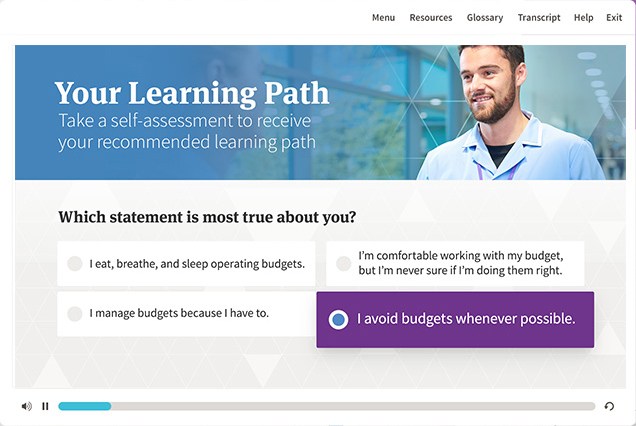
We’re Teaching Groups Of People (Multiple Departments, Job Functions, Experience, Responsibilities), And Each Has Distinct Learning Needs
Screen learners to identify their role, department, job function, and so on (either by asking them directly at the beginning or by pulling up profile information automatically), then adjust training accordingly.
Examples
A company that sells cloud storage products to universities wanted a course that targeted both professors and their students. Working with the company, we learned that the professors had differing interests in the product: some wanted an easy way to collect assignments, while others were interested in engaging in virtual conversations with students. The students had differing interests as well, such as annotation or project collaboration. We designed an adaptive eLearning course that asks a series of questions, then directs each individual to training that targets the interests we uncovered.
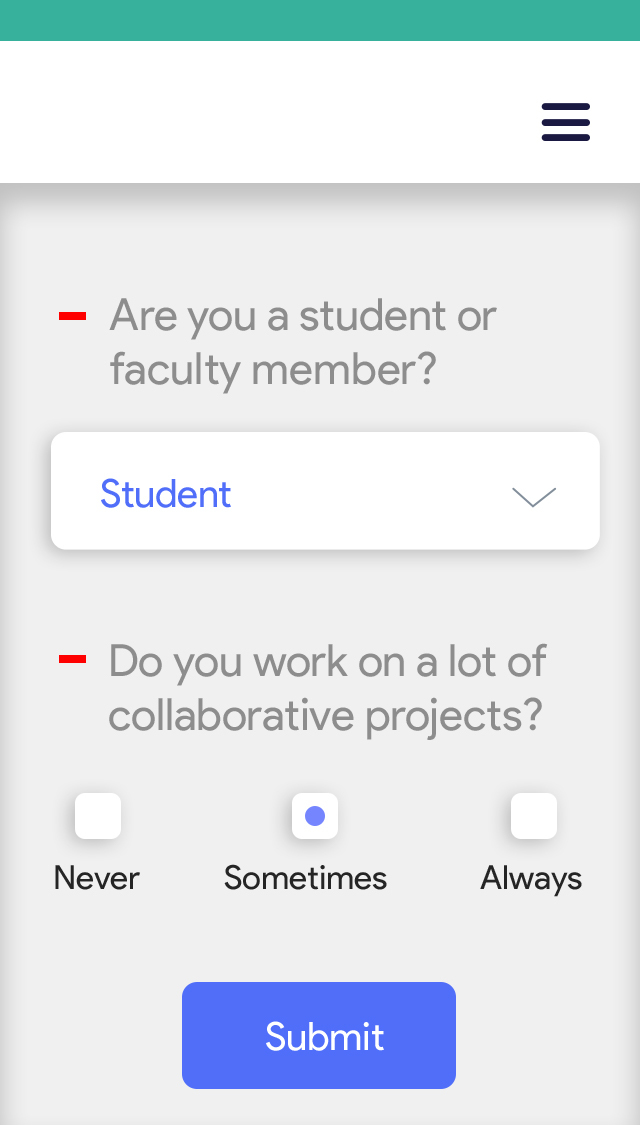
We designed an adaptive learning course for a Fortune 500 company to teach first-line managers around the world how to develop and maintain a high-performing team, increase retention, and improve business results. The course first asks questions about how they are currently managing their teams, what their issues are, and so on. Based on their answers, it then creates a custom learning journey that focuses on the knowledge and skills each needs to be successful.
People Have Different Skill Levels, And We’re Confident We Can Create An Assessment That Measures Those Skills, And Know What To Do With What We Find
Engage learners in a pretraining assessment that measures competencies, then dynamically assemble a curriculum that addresses uncovered deficiencies.
Examples
An adaptive learning course focused on financial security begins by asking a series of questions that measure learners’ financial acumen. Depending on how they do in the assessment, they earn credits that allow them to skip modules.

Here is a second example, an adaptive learning course that targets emotional triggers and EQ. It asks a series of questions about a recent experience (for example, they have a stressful project of some kind, had a fight with a colleague or client, are angry). It then generates a custom PDF containing guidance based on their responses, which learners can print and self-reflect on, or share with a boss or mentor.
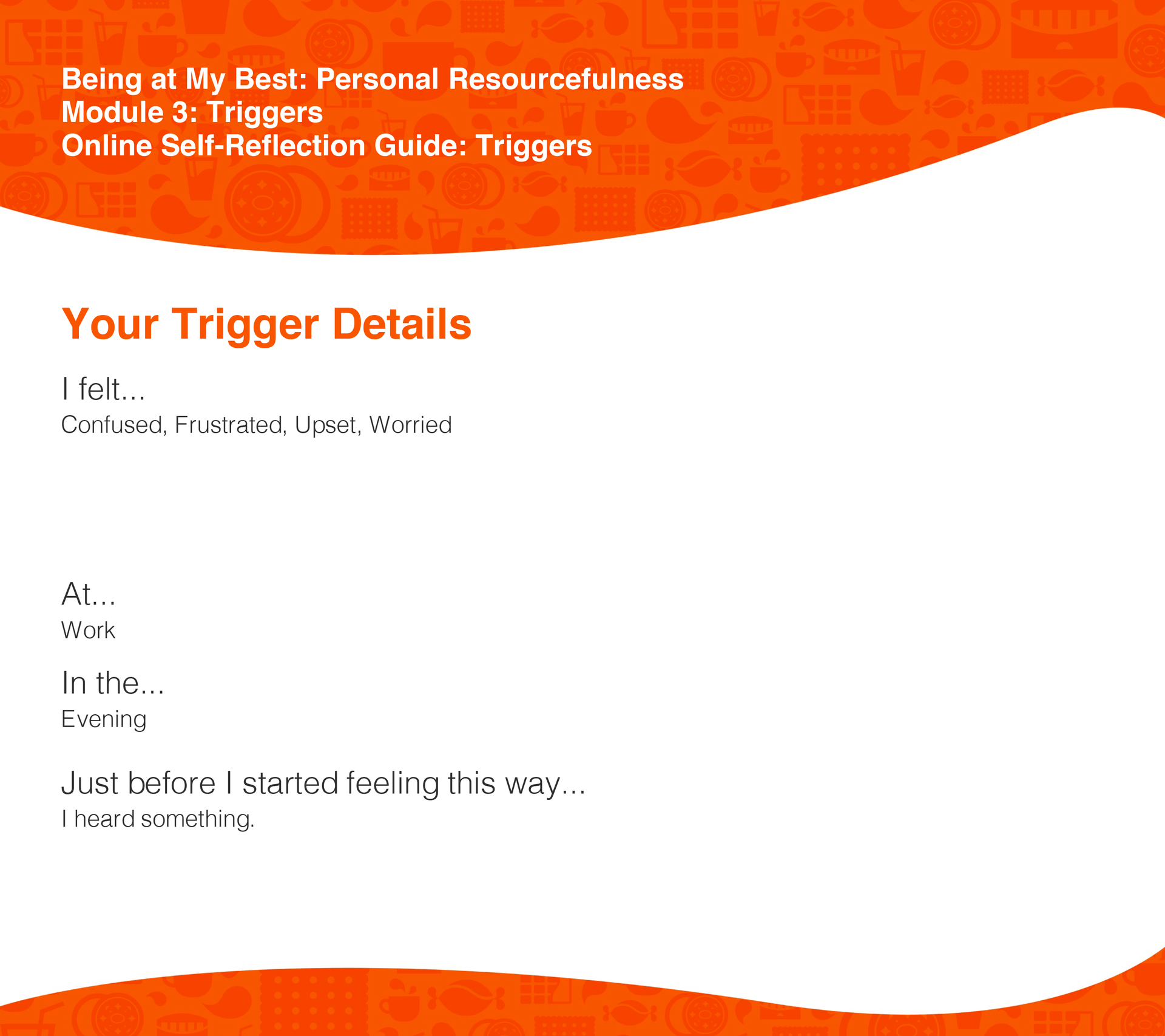
We Have To Get Something Out Immediately And Don’t Know Our Audience Well
This is likely not a candidate for adaptive learning since it takes time to learn enough about your audience in order to effectively differentiate instruction. An ILT or traditional eLearning course may be a better choice. Optional links can be provided for learners wishing to know more.
Example
We worked with a large medical care organization that wanted to get information about particular ailments out quickly to its members. We worked with them to create short (10 min.) microlearning modules, each targeting a specific subject, followed by a set of references to more information for those interested in a deeper dive. Everyone gets the same modules but any can dig further if they want—a great example of adaptive learning.
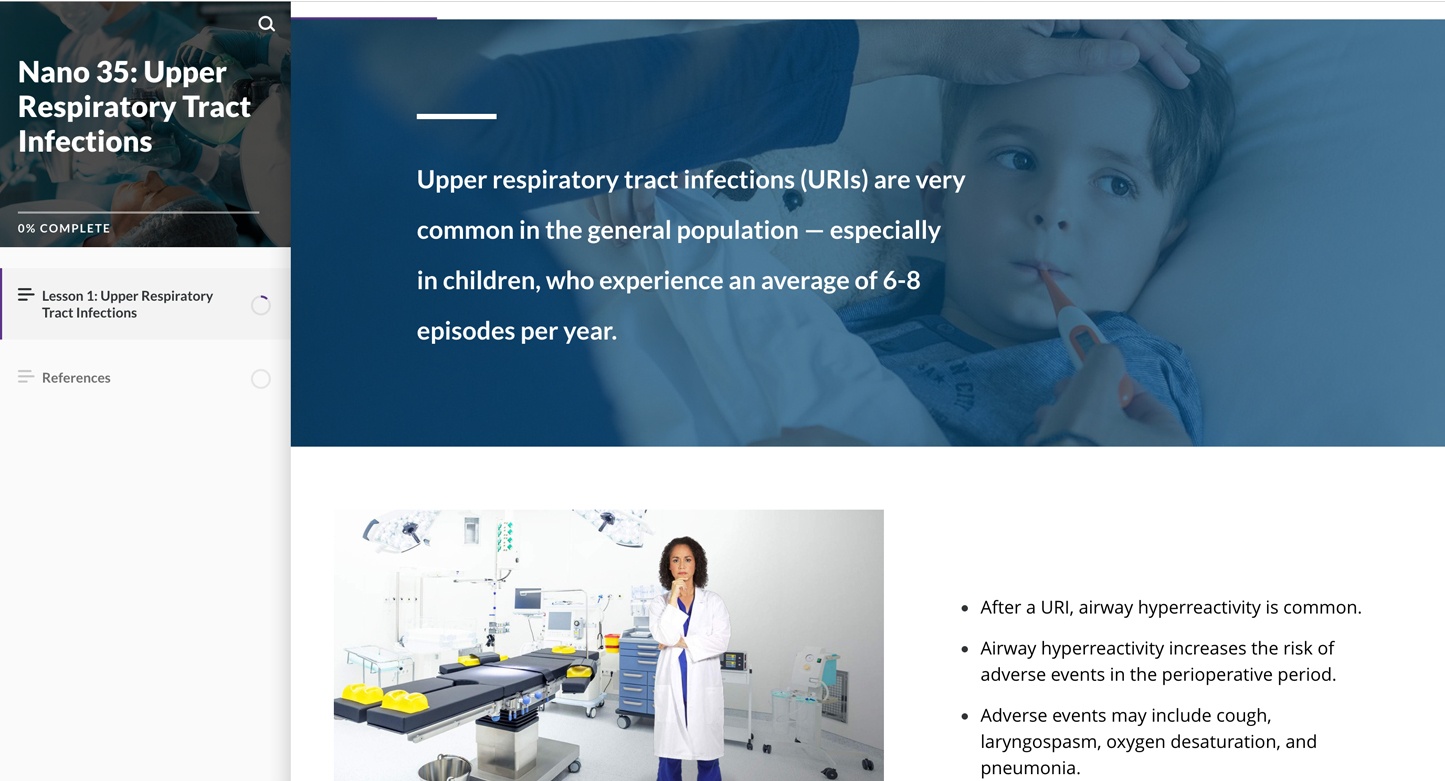
We’re Confident People Need To Learn Most Of What We Want To Teach, But Some Of It Isn’t For Everyone
A simple way to do this is to provide a burst of content that addresses what everyone has to know, then show optional links (pull detours) for those wanting more. Entice them to want more, in the mandatory parts.
Example
A course to teach trial monitoring guides learners along with a compelling third-person linear narrative through various stages of a trial, with optional links ("Tell me more...") along the way. These allow learners to dive deeper into parts of the story they want to know more about. A law student may want to know more about a particular legal concept, while a retired judge may already know and skip it.
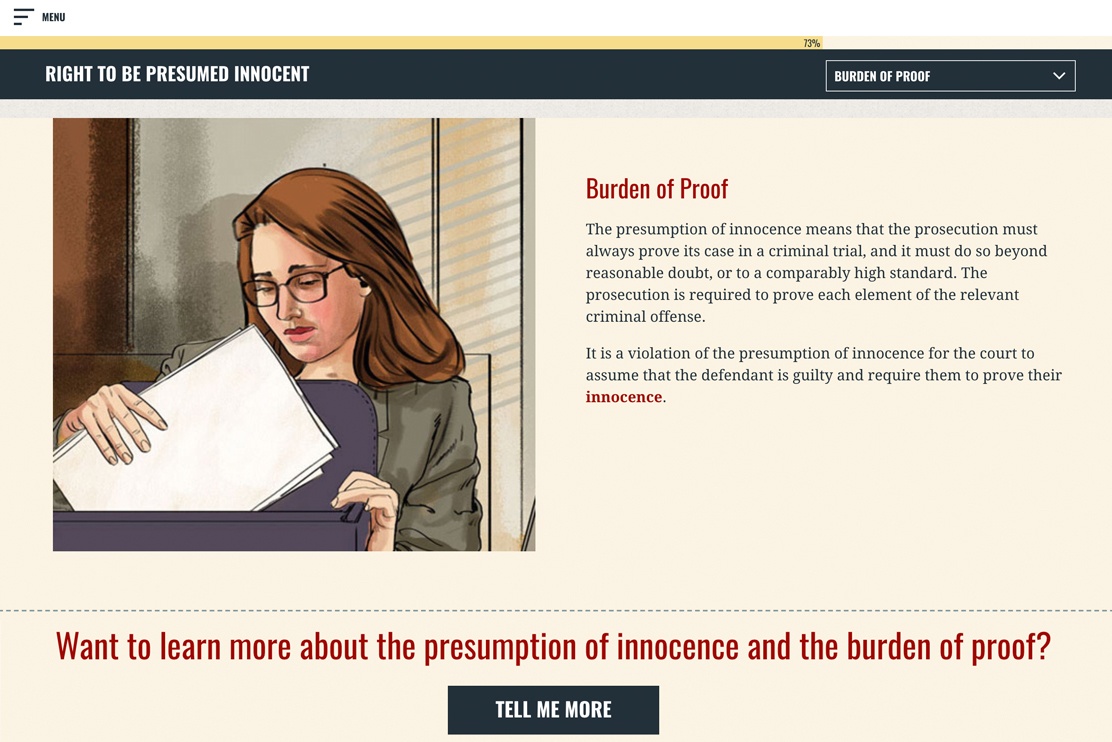
People Need Specific Instructions To Complete A Task
This can be addressed by providing a way for people to quickly find the information they seek at the moment of need, through search, a chatbot, decision tree, or index-organized around the task at hand. Which of these? All could work: whichever is quicker and easier in a given situation is better.
Example
An organization wanted to provide medical information to physical therapists (PTs) working in areas where access to medical care was scarce, and patients often had medical conditions for which PTs needed to offer medical guidance. We developed a chatbot that asks questions about the medical situation the PT is dealing with and then provides advice and information the PT needs, without forcing the PT to wade through stuff not directly relevant to the situation.
Our Audience Has Differing Gaps In Knowledge About A Particular Subject, But Most Don’t Know What They Don’t Know
Engage the audience in a simulation that requires them to apply their knowledge of the subject in real-world situations, and offer tutoring when they make a mistake.
Examples
A large consulting company sought to train its consultants, many of whom have MBA degrees and years of business experience, in managing financial service engagements. We designed a course that puts learners in a real-world situation where they must lead a team in a client engagement, and as they complete the task, tutoring is provided when they make a mistake or ask for help.

We were tasked with designing two 100-minute courses covering two freshman core subject class periods, as well as dedicating 30% to "computational thinking." We advocated two intuitive landscapes, a timeline, to piece together facts around U.S. History, and a Mario Brothers—style horizontal scroller, to learn Newton’s Third Law in physics. We then built Common Core structure around it and left plenty of room for students to improvise and experiment.
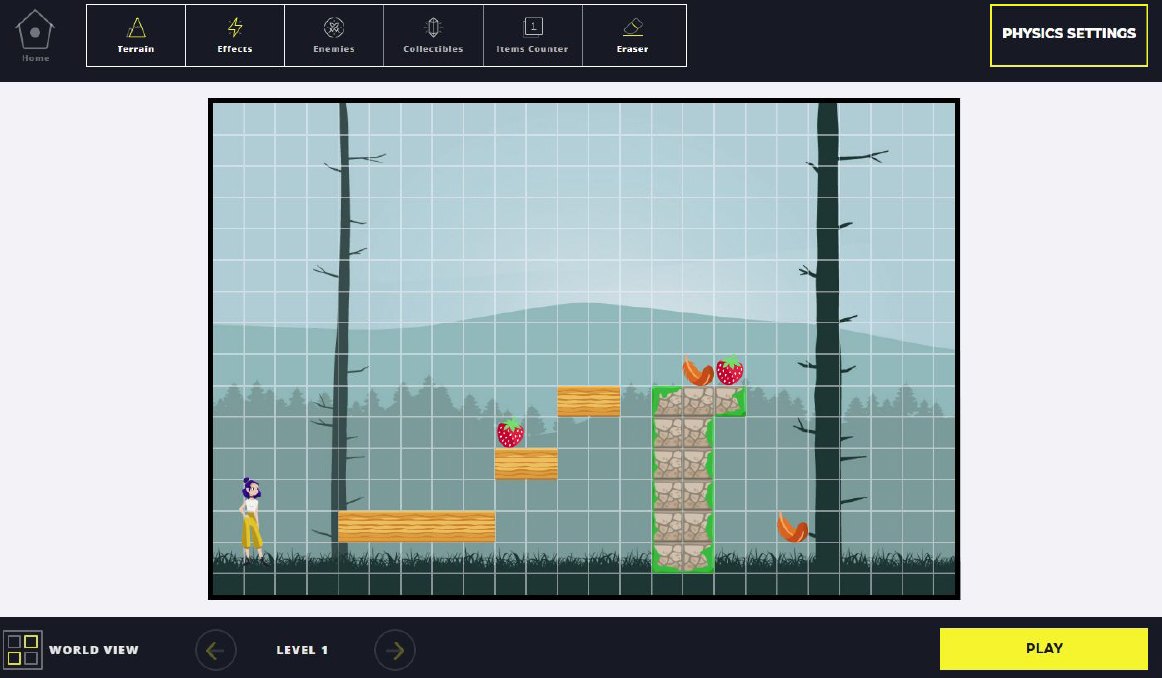
We Are Teaching A Subject Wherein Human Touch Is Required, Such As Coaching Or Collaboration
Use eLearning to establish a common baseline of experience, followed by ILT or vILT to add the human dimension.
Combine training with a community forum, such as a social media site, commenting, or collaboration application, like Slack.
Examples
A hospitality company wanted a means for employees working at its properties to receive hospitality training on their phones, as well as have a place to engage with each other, such as to post stories, get advice, and share news and information. We designed a responsive web-based app that combines a Learning Management System with a community forum. This enables employees to learn from and teach each other, as well as receive training from the L&D department, thereby adding human contact.
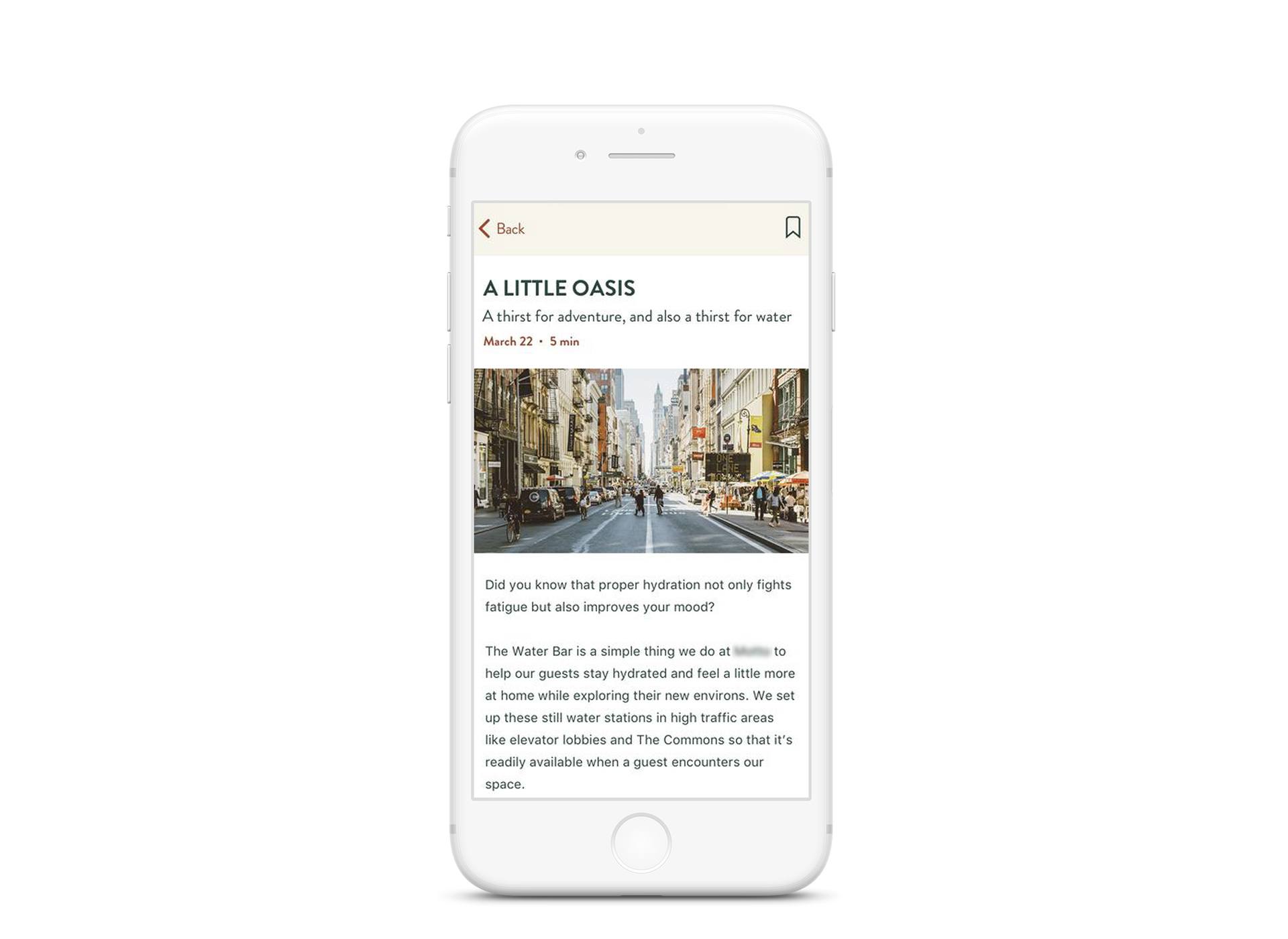
You can offer an intro and a priming session, perhaps with simulations, followed by a synchronous debrief.
You can add a community forum that enables people to provide thinking about the modules and respond to other people’s insights. Canvas, Blackboard, LinkedIn Learning, and other platform vendors offer students commenting on courses. The example on the right is from a Kahn Academy course on YouTube.
For considerations on adding commenting to a course, see Christopher Pappa’s write-up on eLearningIndustry.
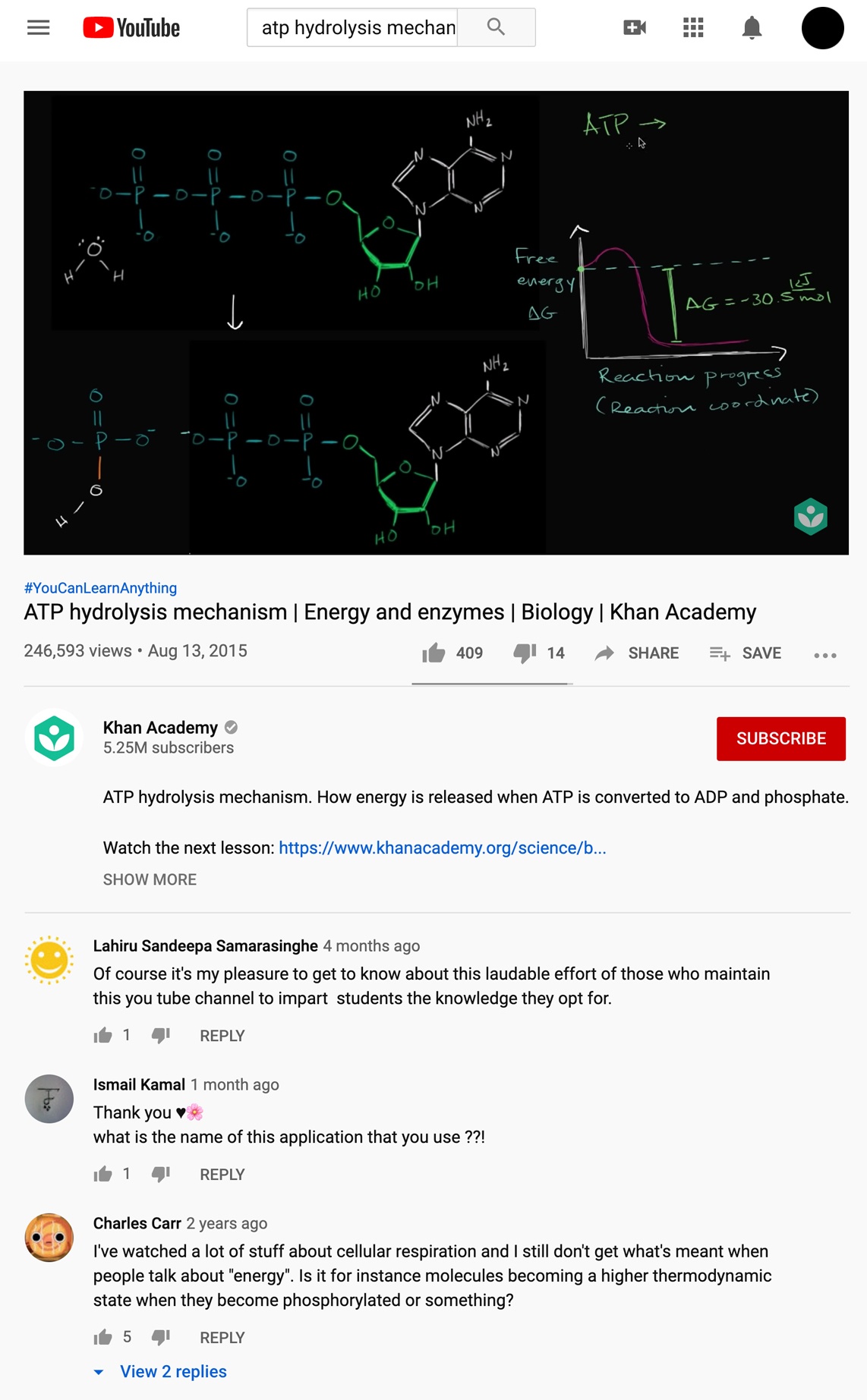
We Need The Audience To Master A Large Amount Of Information About Our Products And Services, But They Can’t Memorize It All
Training that provides learners with the means to find the information they need at the moment they need it, quickly, is ideal for this. It might include an effective organization of the content (for example, a hierarchical menu or decision tree), perhaps combined with a search function.
Example
A major manufacturer has a product line that spans many dozens of products, each with various options, making it difficult for salespeople to remember what product has what feature. We designed a mobile app to provide just-in-time instruction: a user selects the product or need, and the app brings up the information that’s relevant to the situation.
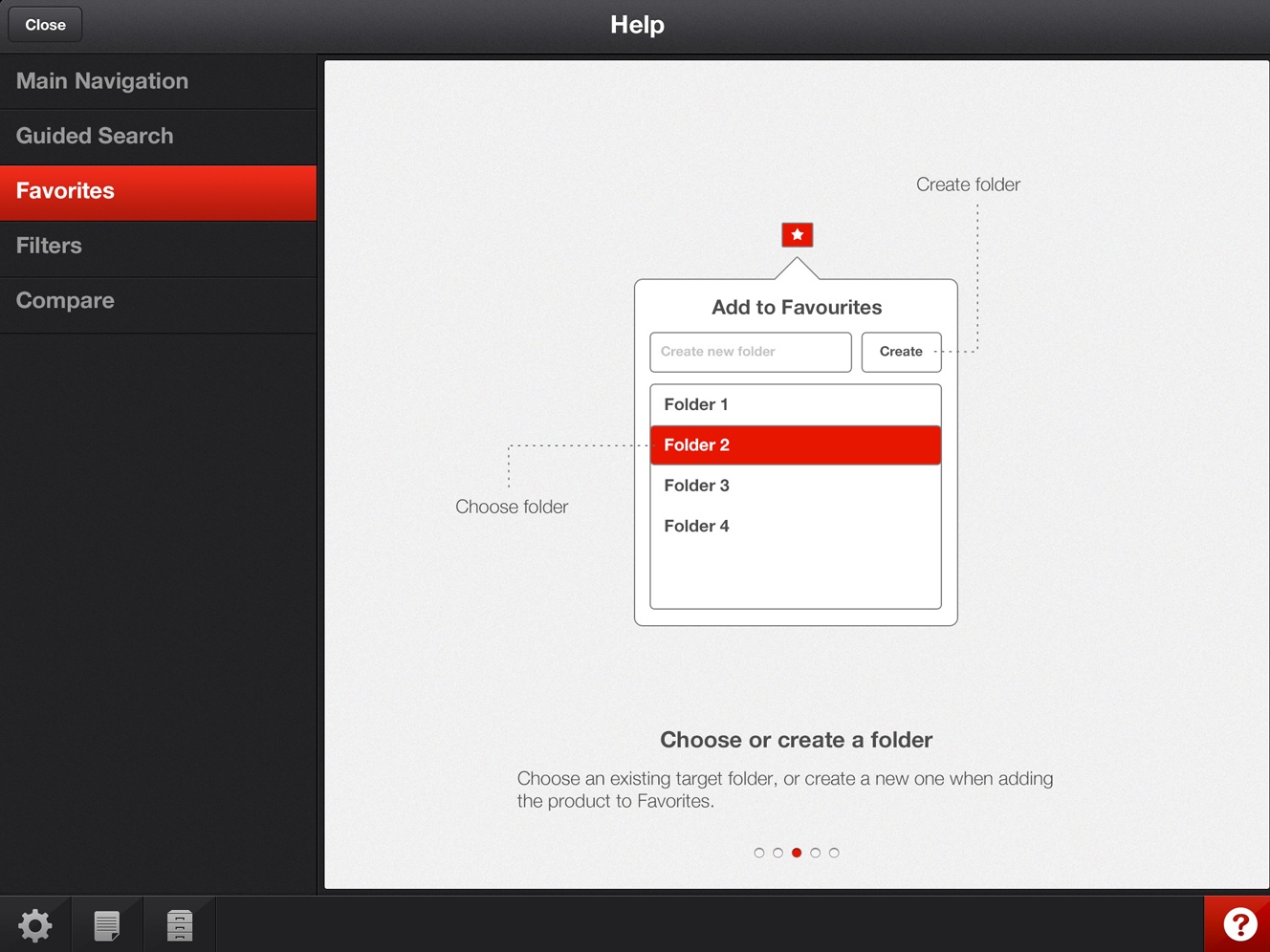
We Need To Deliver Training Mandated By Federal, Local, Or Industry Regulation, Or By Our Legal Or Human Resources Department (Compliance Training)
Do you need to prove that everyone saw everything in the training? If so, this is probably not conducive to adaptive learning.
However, if requirements vary by job role or function, or there is flexibility in what training is provided, then many of the adaptive learning approaches spelled out above apply: allow learners to test out, give them the freedom to pick and choose (and perhaps draw them in with stories), and so on.
Example
A company was required to teach its employees about appropriate and inappropriate ways to engage in international business transactions: to avoid bribes, conflicts of interest, and other such entanglements. We designed a system that engages employees in real-world situations and asks them to make decisions about how to handle various real-world situations, then provides tutoring in response. The company can legally prove its employees received all of the appropriate messaging, but employees are given instruction only when they exhibited the need, by making mistakes.
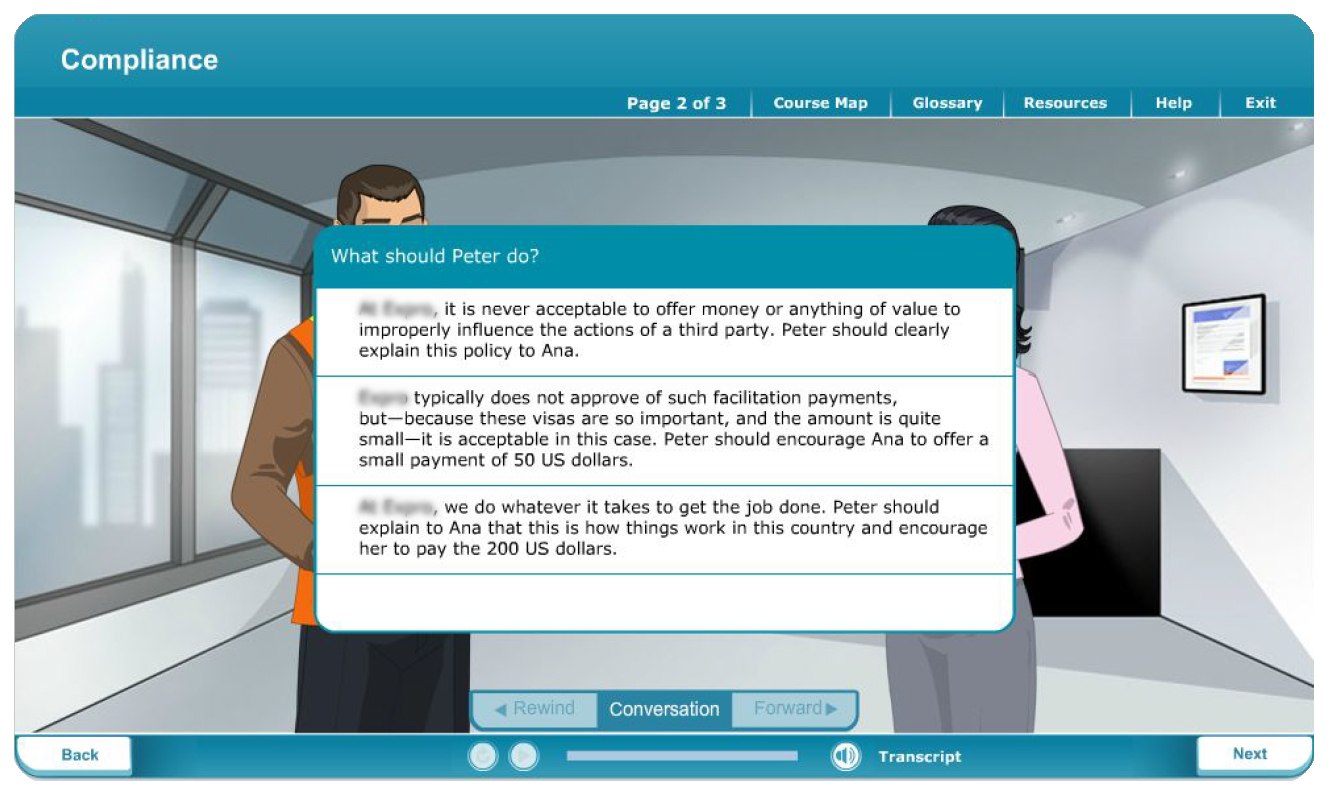
Final Word On Adaptive Learning Techniques
Above are well over a dozen situations where we saw an opportunity to tailor eLearning courses to the understanding, skills, and interests of our target audience, and met success. When you begin to look at training through the lens of adaptive learning, you will undoubtedly see many more. The result is better learning and happier learners.
You also see a bit of adaptive learning in this article: each of the examples can be visited from the front page while a "Back" button returns you to the index, rather than having to read through them one by one. Download the eBook Hats Off To Adaptive Learning: Tailoring Corporate Training For Each Learner, and get to discover valuable insight into adaptive learning in corporate learning.


